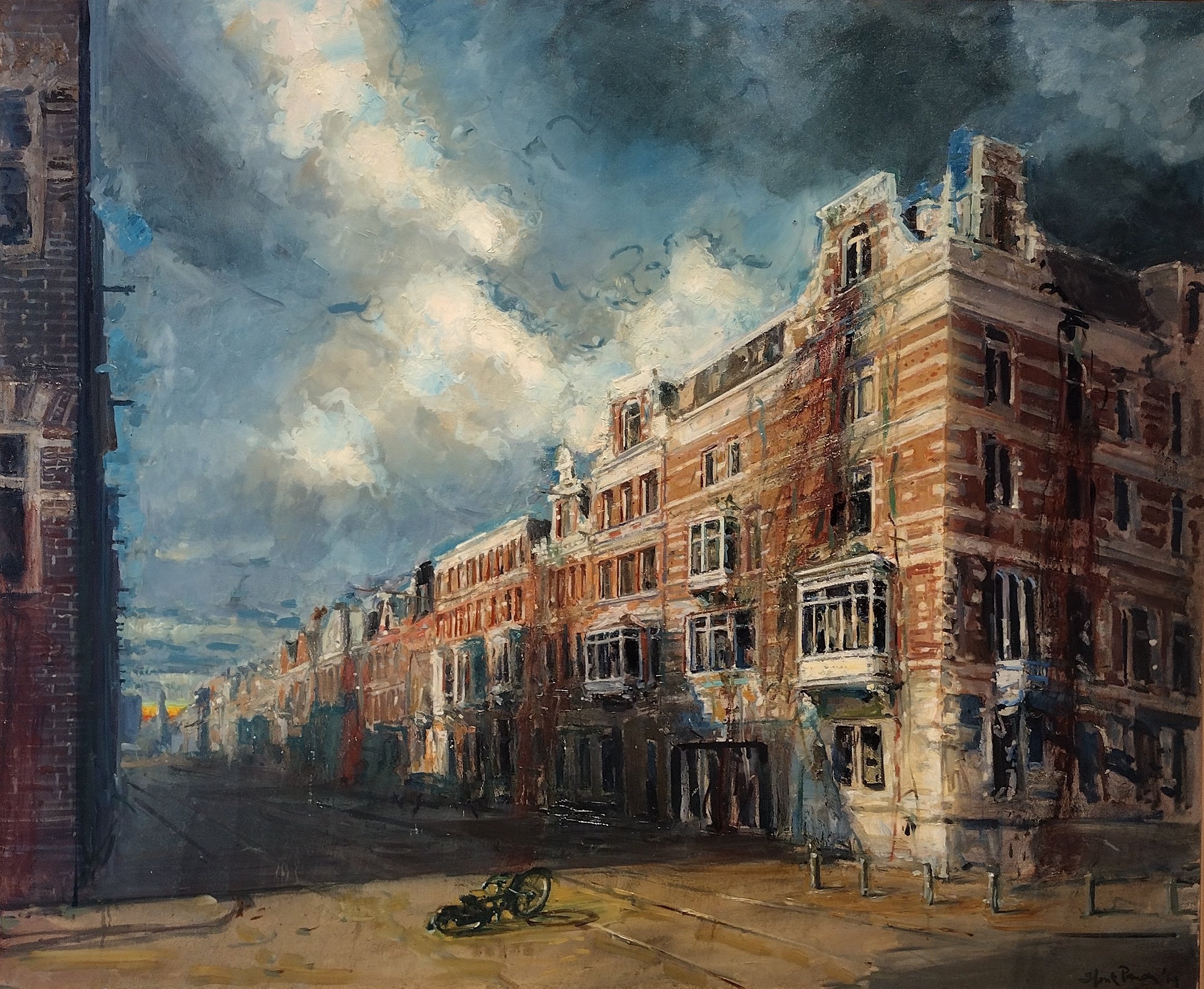Impossible Without Hope
Weteringschans, Amsterdam 2018 Henk Pander
Ever notice that when we have a personal connection to a place, however trivial, we suddenly notice it more? When I lived in Omaha, my mother used to frequently express concern about a tornado spotted somewhere in Nebraska. As a refugee from Europe residing in New York, suffice it to say that I’m not sure she had ever heard of Nebraska before. Suddenly, it seems, news of the Cornhusker State was everywhere.
I had that experience last week when I read that the Dutch prime minister was forced to resign after his coalition government collapsed over disagreements over how to handle immigration policy. As it happens, the publisher of my upcoming book, In the Wake of Madness, is located in Amsterdam. While she is not Jewish, she is keenly aware of the Holocaust as it unfolded on Dutch soil and equally aware of the continuing racism that still permeates layers of Dutch society. Our global struggles with immigration, a vexing problem regardless of where you fall on the political spectrum, often stir up baser instincts that lack compassion and empathy. And when you dig just a little, it’s easy to see that one form of racism or “othering” leads to another, sometimes with horrific consequences.
That’s why the Oregon Jewish Museum and Holocaust Education Center recently opened a new permanent exhibit entitled Human Rights After the Holocaust. Its mission is to make that connection, to focus on today’s experience of hate, racism, discrimination, and persecution in many parts of the world. Sadly, it is a stark reminder that we’d better listen to the lessons of the Holocaust and not stand idly by. The exhibit is also a call to action, highlighting the work of activists from Portland to the Tigray region of Africa. All are fighting against injustice, including the threat of climate change. In a giant quote on the wall, writer Rebecca Solnit reminds us: “Hope calls for action. Action is impossible without hope.”
Two panels from the Human Rights After the Holocaust exhibit: Left: asylum seekers fleeing persecution.at the US-Mexico border. Right: a statue of Portland Mayor Vera Katz with a swastika
What surprised me, however, was the museum’s current exhibit, The Jews of Amsterdam, featuring the work of two great artists centuries apart: the 17th century painter and printmaker known simply as Rembrandt, and Henk Pander, a Dutch artist who resided in Portland since 1967 until his death a few months ago. It was fascinating to learn that Rembrandt lived amongst many prominent Sephardic Jews whose families had been expelled from Spain and Portugal more than a century before and that he received many commissions from them. Because of his close ties with this community, his work was notable for its positive portrayal of Jews.
Left: Rembrandt self-portrait. Right: Ephraim Bonus, Jewish Physician, 1647
Standing beside a Rembrandt, no matter the size or subject, is a bit unreal, but it was the work of Henk Pander that hit home. Born in 1937, Pander was a child during the Nazi occupation of his homeland, where he witnessed the destruction of the Harlaam synagogue and the disappearance of his Jewish neighbors, sent to the death camps. When he later studied art in the 1950’s, he would often pass hollowed-out buildings, beautiful shells ablaze with fire or emptied of life .
Rembrandthuis, Amsterdam 2022 Henk Pender,
These haunting childhood memories were the source of a compelling series of paintings that draw you in with their artistry and, then, the recognition of their fiery history. They were painted toward the end of Pander’s life, intended as much to highlight present-day concerns as document the past.
Rembrandt’s actual views on Judaism are debated by historians. But one thing is certain: Henk Pander was not Jewish, nor is my publisher, Liesbeth Heenk, yet both recognized that antisemitism and hatred of any sort is a slippery slope. Despite the complexity of our planet’s interlaced problems, encouraging empathy and cross-cultural conversations is, at least, a start – and a way to hold on to hope.






